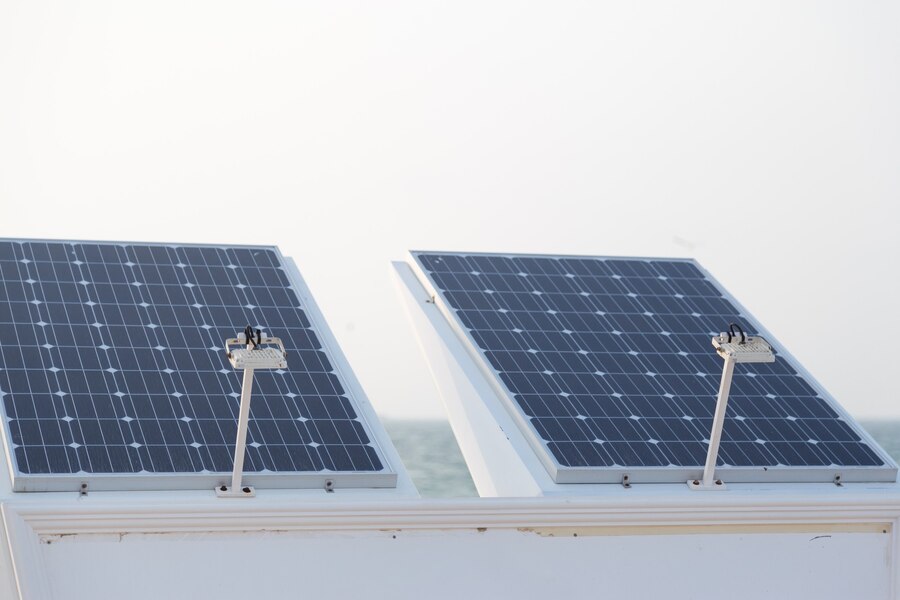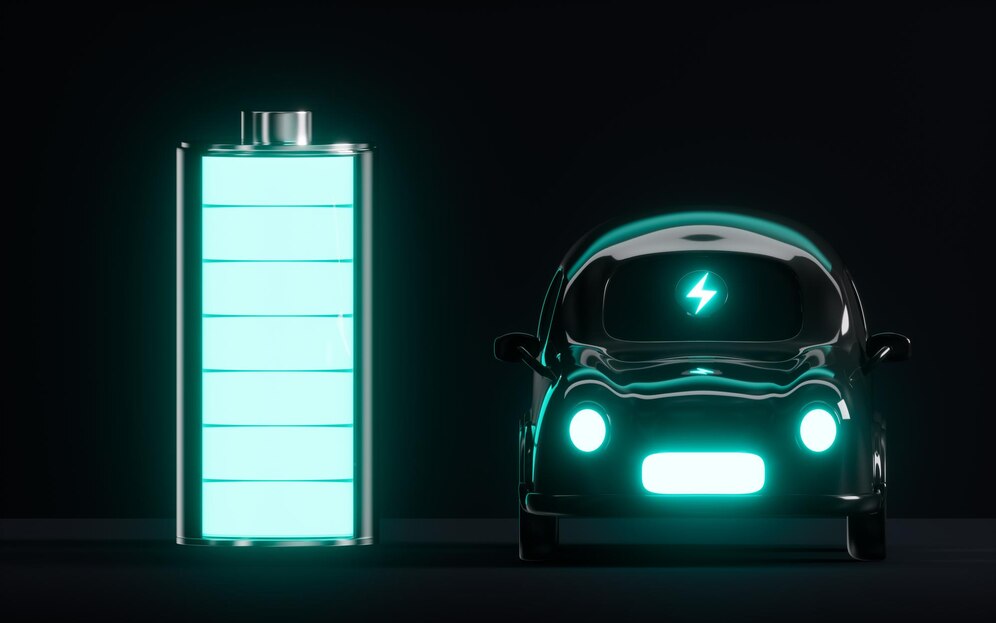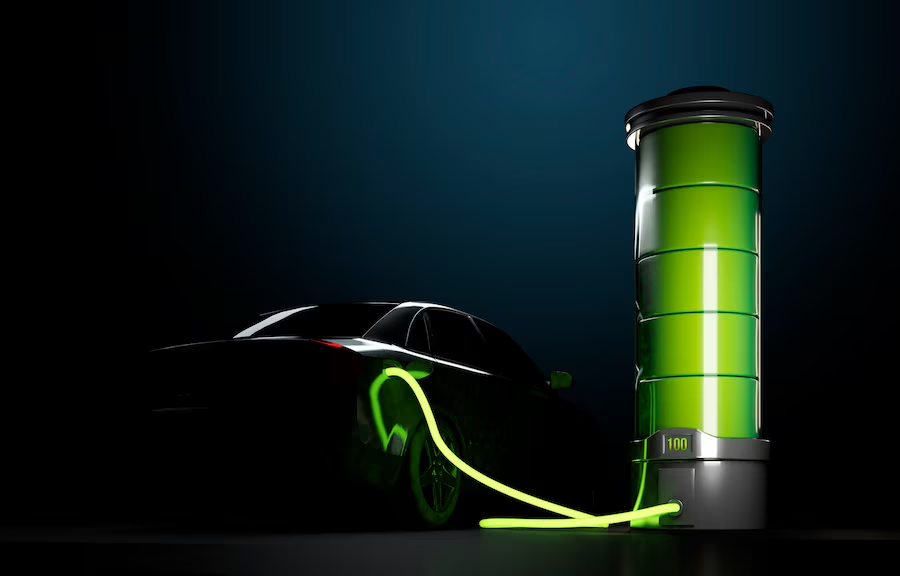Best Solar Feed-In Tariff Nsw
Best Solar Feed-in Tariff NSW: Maximize Your Solar Savings in 2025
When it comes to saving on your electricity bills in New South Wales, choosing the best solar feed-in tariff NSW is one of the most effective strategies. The right solar feed-in tariff can significantly reduce your energy expenses while benefiting from the clean, renewable energy you produce. In 2025, NSW residents are also taking advantage of various residential solar panel systems and government incentives that make solar power more affordable and accessible than ever before.
Understanding the highest solar feed-in tariff NSW, solar buyback rates NSW, and NSW solar energy incentives is crucial for making an informed decision that maximizes your return on investment. Whether you’re considering solar panel installations, solar power buyback rates, or solar panel government rebates NSW, this guide will provide you with all the essential details. We’ll also highlight the best solar incentives in NSW to ensure that you can make the most out of your solar investment.
Let’s dive in and explore everything you need to know to secure the best solar feed-in tariff NSW for your needs.
What is a Solar Feed-in Tariff (FiT) in NSW?
A solar feed-in tariff (FiT) is a financial arrangement where homeowners with solar panels are compensated for the surplus electricity they generate and send back to the grid. The best solar feed-in tariff NSW can offer a substantial income, helping you offset the costs of your solar system and energy bills. The solar power buyback rates you receive depend on your energy provider, the system you install, and government incentives available. For example, pairing your system with a reliable solar panel battery can help you maximize your returns by storing excess power for later use.
In NSW, feed-in tariffs are impacted by a range of factors:
- Electricity market rates: These fluctuate based on supply and demand for electricity.
- Provider policies: Some retailers offer better rates to attract customers, while others provide additional perks.
- Government incentives: Programs like NSW solar rebates and NSW solar energy incentives can improve your return on investment and reduce installation costs.
NSW Solar Feed-in Comparison: Which Providers Offer the Best Rates?
When looking for the best solar feed-in tariff NSW, you’ll want to compare various energy retailers in your area. While rates may differ depending on your location and provider, some of the most competitive solar buyback rates NSW are offered by the following companies:
- Energy Australia: Known for offering competitive rates, Energy Australia provides one of the highest solar feed-in tariff NSW, with rates as high as 12.0 c/kWh.
- AGL: Another major player in the market, AGL offers a solid solar buyback rate of up to 12.0 c/kWh for customers who feed excess power back to the grid.
- Origin Energy: While their rates are slightly lower than AGL or Energy Australia, Origin Energy provides a reliable and consistent FiT offering.
- Red Energy: This retailer also offers decent rates, although lower than some competitors, making it a solid choice for customers looking for a balance between FiT and overall service quality.
Remember that the best solar feed-in tariff NSW isn’t just about the highest rates—it’s also important to consider other factors, such as customer service, installation costs, and additional incentives like solar panel government rebates NSW. If you’re installing a system, consider options such as the 10.5 kW solar system to ensure your setup is optimized for energy production and financial returns.
How to Find the Best Solar Incentives in NSW
NSW solar energy incentives play a crucial role in reducing the upfront costs of solar panel systems, making solar energy more accessible for homeowners. By taking advantage of these incentives, you can maximize the financial return on your investment.
Some of the most notable programs and incentives include:
- NSW Solar Rebates: NSW solar rebates offer significant reductions in the cost of installing solar panels. These rebates can substantially lower the initial out-of-pocket costs for homeowners.
- Small-Scale Renewable Energy Scheme (SRES): This government initiative offers certificates for solar system installations that can be sold to help reduce the overall installation costs.
- Battery Storage Incentives: NSW also provides incentives for installing solar batteries. With battery storage, you can store excess energy generated during the day and use it at night, reducing reliance on grid electricity. This not only helps you save on energy bills but also allows you to take full advantage of solar buyback rates NSW.
By combining NSW solar energy incentives with the best solar feed-in tariff NSW, you can significantly improve the cost-effectiveness of your solar investment.
Solar Buyback Rates NSW: Maximizing Your Solar Returns
Understanding solar buyback rates NSW is crucial for maximizing the financial benefits of your solar system. The best solar feed-in tariff NSW offers homeowners the opportunity to sell excess electricity back to the grid. However, it’s important to understand how these rates work.
Some key points to keep in mind when considering solar buyback rates NSW:
- Higher buyback rates allow you to earn more for the surplus electricity you generate. If your system produces more energy than you consume, you can sell this extra energy back to the grid, earning money in the process.
- Lower electricity purchase rates: If your provider offers lower rates for purchasing electricity from the grid, you can further maximize your savings by using more of your self-generated solar power, reducing the need to buy electricity at retail prices.
While solar buyback rates NSW are crucial, maximizing your solar savings often means investing in battery storage to use your own energy instead of selling it back to the grid.
The Future of Solar Feed-in Tariffs in NSW
The future of solar feed-in tariffs in NSW looks promising, with government incentives and market trends set to evolve in the coming years. As renewable energy becomes more widespread and technological advancements continue, we can expect several key changes:
- Government adjustments: As part of ongoing efforts to promote renewable energy adoption, the government may modify solar panel government rebates NSW and NSW solar energy incentives to further support homeowners.
- Improved battery technology: As solar battery storage becomes more efficient and affordable, more homeowners will be able to store energy, maximizing self-consumption and reducing reliance on feed-in tariffs. This will affect solar buyback rates NSW in the long run.
- Increased competition: As more retailers enter the market, competition will likely drive solar feed-in tariff rates higher, benefiting consumers who are looking to secure the best solar feed-in tariff NSW for their needs.
Choosing the Right Solar Provider & Plan
To get the best solar feed-in tariff NSW, it’s essential to carefully evaluate your options and consider more than just the FiT rates. When choosing a solar provider, be sure to explore comprehensive options like the 19.5 kW solar system or check out resources like the best solar panels in Sydney to ensure your system fits your needs.
- Feed-in tariff rates: Always compare rates to ensure you’re getting the most for your excess solar energy.
- Upfront installation costs: Factor in installation fees, including those offset by NSW solar rebates and other government incentives.
- Customer service and reliability: Choose a provider with a strong reputation for service and reliability, ensuring your solar system runs smoothly.
- Long-term savings: Consider long-term savings from both solar buyback rates NSW and self-consumption of solar energy.
Choose Esteem Energy for Your Solar Needs!
Ready to save on your electricity bills with the best solar incentives in NSW? Esteem Energy offers top-quality solar panel systems, inverters, and batteries at competitive prices. With CEC-accredited installers, a 25-year warranty, and expert solar solutions, you can maximize your savings and energy efficiency today!
Conclusion
To maximize your savings and return on investment, choosing the best solar feed-in tariff NSW is crucial. By understanding solar buyback rates NSW, taking advantage of NSW solar rebates, and selecting the right provider, you can ensure that your solar system provides long-term financial benefits. Don’t forget to factor in government incentives like NSW solar energy incentives and solar panel government rebates NSW to further enhance your savings.
Frequently Asked Questions
The best solar feed-in tariff NSW rates are typically offered by Energy Australia and AGL, with rates reaching up to 12.0 c/kWh.
A solar feed-in tariff is a payment for the electricity you generate and feed back into the grid. The best solar feed-in tariff NSW allows you to earn money for surplus energy.
To apply for NSW solar rebates, you must meet eligibility requirements and apply through government programs like the Small-Scale Renewable Energy Scheme (SRES).
The solar buyback rates NSW vary by provider but can be as high as 12.0 c/kWh, depending on the energy retailer and your location.
Battery storage allows you to store excess solar energy for later use, reducing reliance on grid electricity and maximizing the value of your solar buyback rates NSW.
Yes, comparing NSW solar feed-in comparison rates can help you secure the best solar feed-in tariff NSW, maximizing your solar savings.
NSW solar energy incentives, including solar panel government rebates NSW, help offset installation costs, making solar more affordable for homeowners.
Yes, solar feed-in tariffs in NSW can change based on market conditions, government policy adjustments, and technological advancements in solar power.
Harry is a passionate writer specializing in renewable energy and sustainability. With a deep understanding of solar installation, maintenance, custom system design, and advanced battery storage, he brings technical expertise to his writing, making complex energy concepts accessible to businesses and homeowners alike.
Having covered numerous residential and commercial solar projects, Harry educates and empowers his readers to optimize energy efficiency and transition to clean energy solutions. As a key voice in the industry and a leader at Esteem Energy, he is committed to delivering insightful content that promotes innovation, cost-effective solutions, and a greener future.










